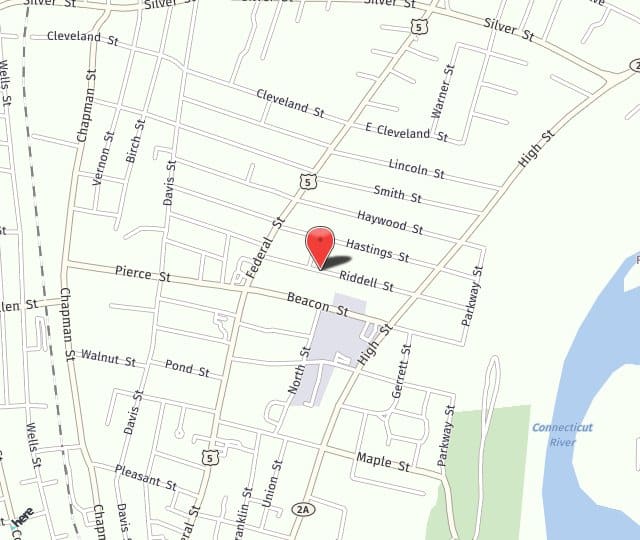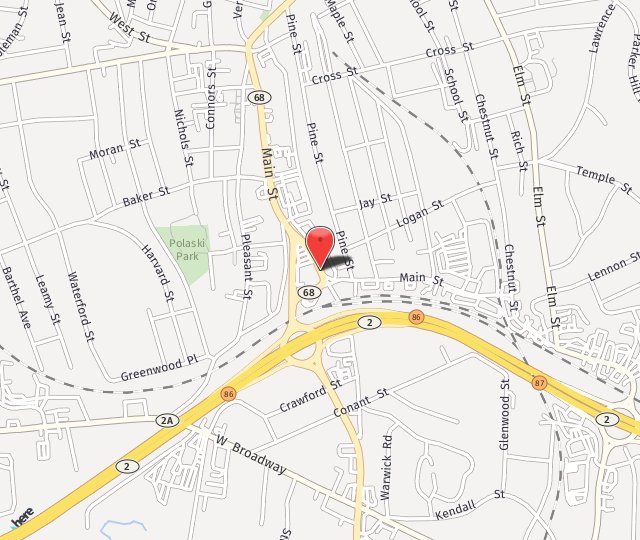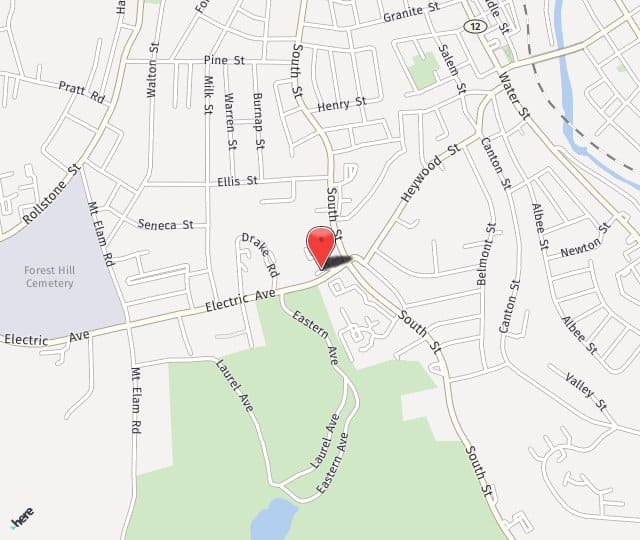
Approximately 125 million people worldwide wear contact lenses, over 30 million of those people are in the U.S. Contact lenses have come a long way since their invention in 1887. Today’s contact lenses are more comfortable, safe, durable, and allow the wearer to be as active as they want to be.
At Longwood Eye & LASIK Center, we offer all types of contact lenses and professionally fit you for lenses that are just right for you.
How Can I Find the Best Treatment for My Eyes?
Our Optometrists are highly trained and experienced in the care and management of all types of contact lenses. These include hard to fit lenses such as bifocal, toric, and post-surgical. During your visit, we will use the most up to date contact lens and fitting techniques to determine the best lens to meet your lifestyle needs. Our team, by law, requires fitting appointments and follow-up visits to ensure a proper fit prior to ordering contact lens supplies. During these fittings, we will assess and evaluate the comfort and effectiveness of your proposed lenses. You will go home with a pair of trial lenses after this visit to be sure they are the right fit for you.
Types of Lenses
At Longwood Eye & LASIK Center, we offer not only soft contact lenses but also rigid gas permeable lenses and specialty lenses.
Soft Contact Lenses
Soft contact lenses account for over 85 percent of contact lenses worn. Traditional soft contacts are made of soft plastic polymers and water. They allow oxygen to permeate through the lens to the cornea, so they breathe and are very comfortable. They are instantly comfortable, with no adjustment period (gas permeable lenses can take some getting used to). For some prescriptions, soft contacts may not offer quite the same quality of vision as gas permeable lenses.
Soft contact lenses account for over 85 percent of contact lenses worn. Traditional soft contacts are made of soft plastic polymers and water. They allow oxygen to permeate through the lens to the cornea, so they breathe and are very comfortable. They are instantly comfortable, with no adjustment period (gas permeable lenses can take some getting used to). For some prescriptions, soft contacts may not offer quite the same quality of vision as gas permeable lenses.
Within soft contact lenses, there are different options:
- Daily disposable soft contact lenses — The wearer inserts these lenses every morning and throws them away every night before going to bed. Because of this, there is no need for lens care solutions or storage.
- Two-week contact lenses — These soft contact lenses last for two weeks. Patients can wear these daily, then clean and store them overnight in lens solution. After two weeks, you discard them and start a new pair.
- Monthly contact lenses — Sometimes these are also called extended wear contact lenses and can be worn continuously for up to 30 days, but not all monthlies are approved for extended wear. Extended wear contact lenses can be more prone to developing eye infections and other issues if not kept clean.
Rigid Gas Permeable Lenses
Rigid gas permeable or simply gas permeable (GP) lenses can be mistaken for the hard contacts of the past, but they are much more flexible, comfortable, and allow oxygen to get to the cornea. They actually transmit more oxygen to the cornea than soft contact lenses. Because GP lenses are rigid, they do not change shape when you blink and can provide sharper vision in some cases than soft lenses. They are much more durable than soft lenses because they are not made with water, and proteins and lipids do not adhere to them as easily (sometimes a problem with soft contact lenses). The downside to GP lenses is that they take from three to four days for the wearer to adapt to them, and then they need to be worn regularly to maintain that comfort.
Specialty Lenses
With advancing technology, problems such as astigmatism and the need for bifocals we can now address with both soft contact lenses and gas permeable lenses.
- Toric lenses — Toric lenses correct for astigmatism (blurry vision) and either myopia (nearsightedness) or hyperopia (farsightedness). They are designed with curvatures at different angles (depending on the condition) so that they stay in place and don’t rotate on the eye. They usually are weighted at the bottom and must be placed on the eyes according to an alignment line on the top of the contact. Toric lenses come in both soft contacts and GP types.
- Bifocal lenses — Both soft contacts and GP contacts also are available in bifocal styles. These correct for both near and far vision, depending on the portion of the lens viewed through, just as bifocal glasses do.
Purchase Contact Lenses
Are Contact Lenses Right for Me?
Contact lens wear is a great alternative to glasses. Recent innovations in contact lens technology provide benefits that make it possible to improve comfort, add convenience, and even improve the health of your eyes.
Is There Any Reason I Could Not Get Contacts?
Thanks to advances in contact lens technology in recent years, there are very few people who cannot wear contact lenses. Issues including astigmatism and presbyopia may prevent a person from being fit for contacts. But now there are bifocal lenses for those with presbyopia and toric lenses to correct astigmatism.
Schedule a Consultation
If you have questions or would like to learn more about contact lenses, contact our office at 1-855-286-2020 or request a consultation online.




